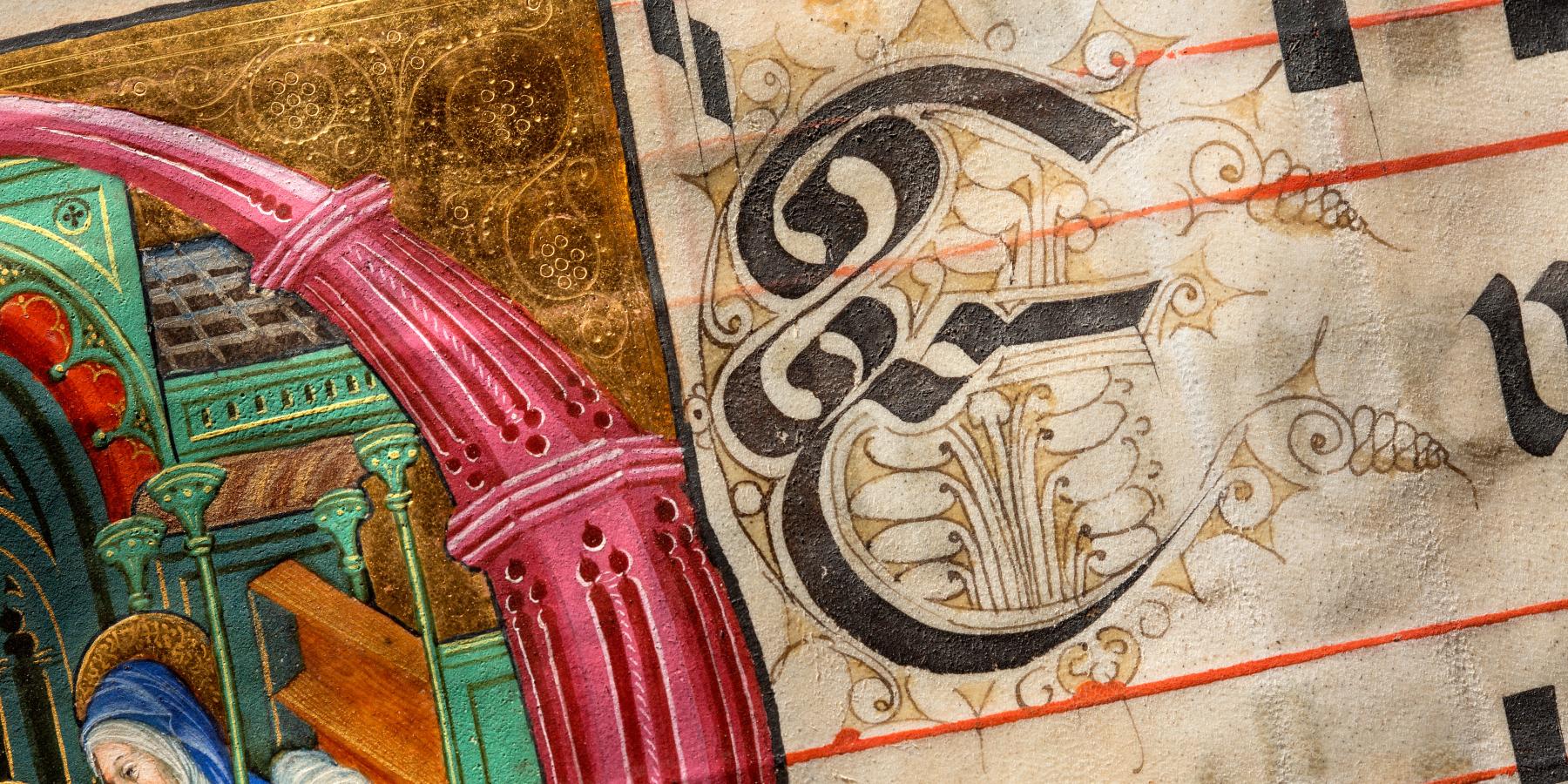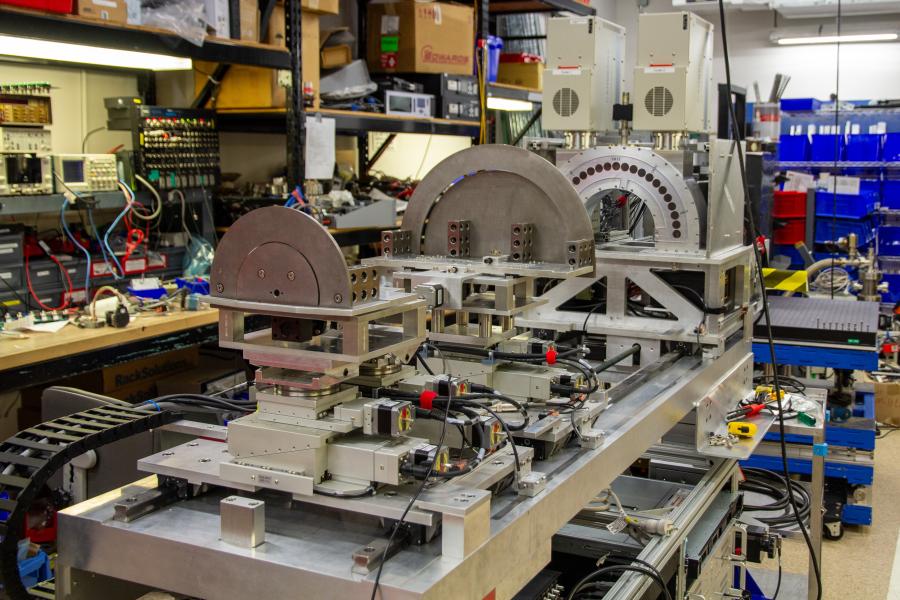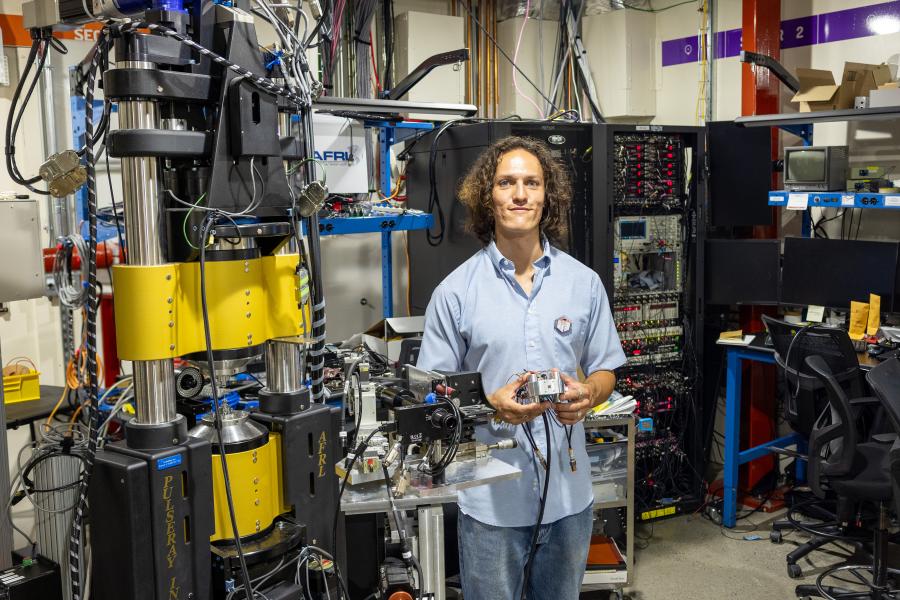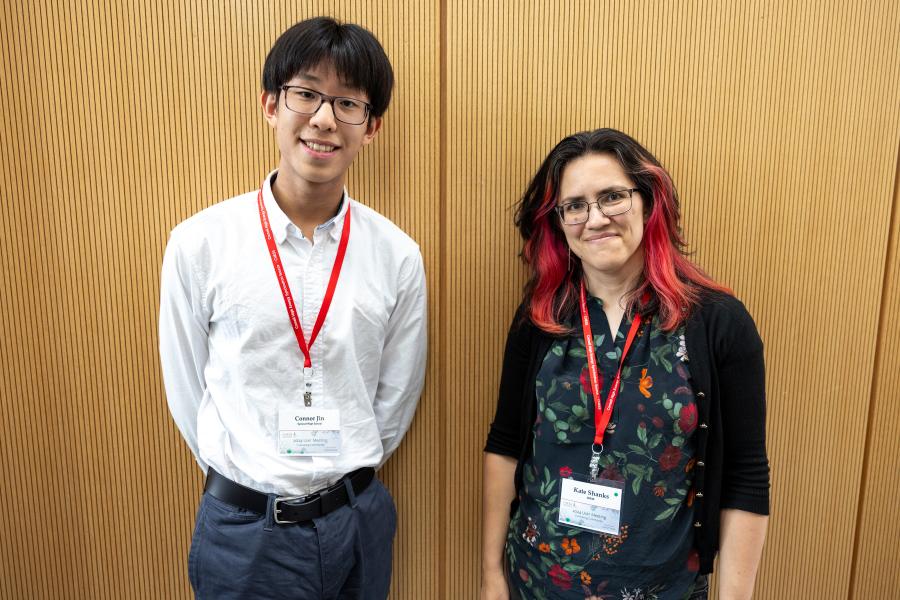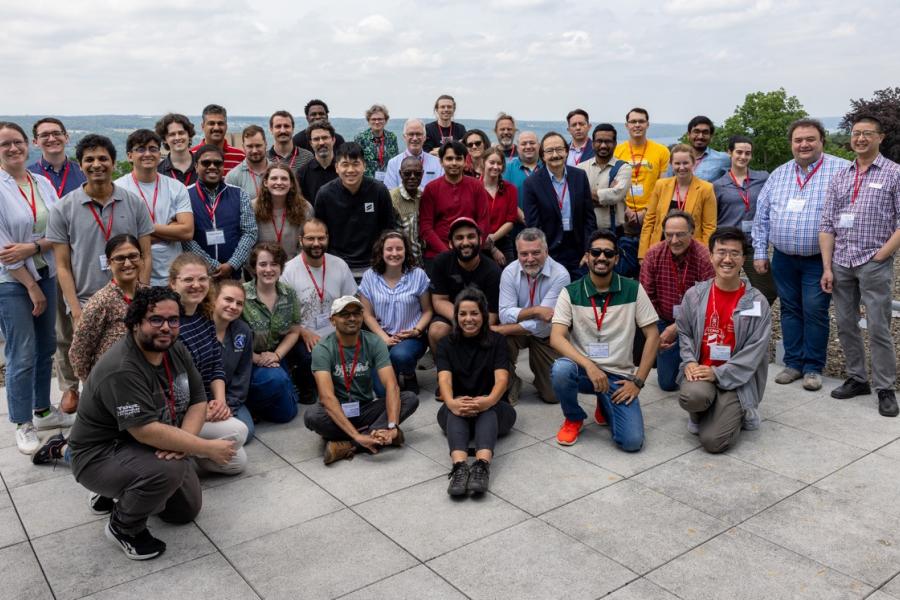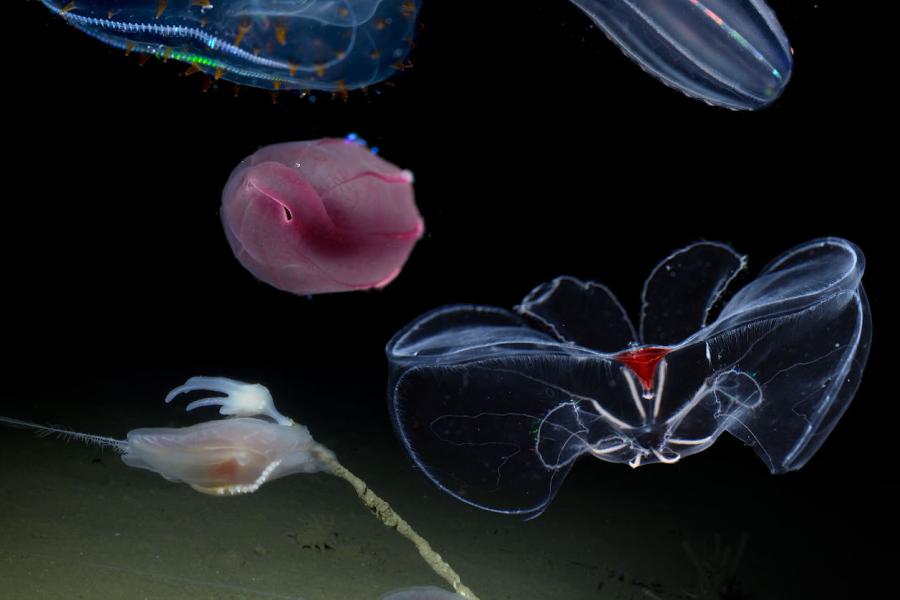Sidebar Menu (View Pages)
- Status
- ⌃ Science
- ⌃ Users
- ⌃ Facilities
- ⌃ Public
- Industry
- ⌃ About
Tags
Featured
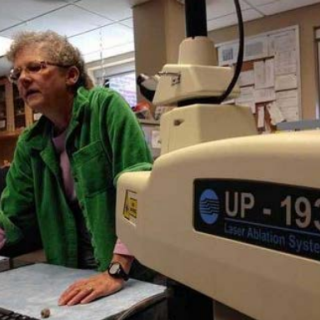
CHESS user can tell a fish's life story from their ears
Yes, fish have ears — and they can tell a fish's life story, ESF prof finds.
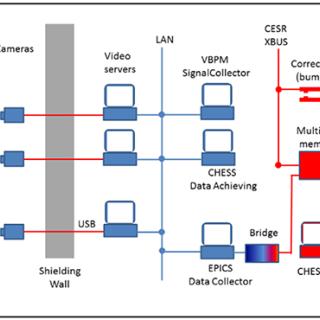
Keeping the x-ray beam perfectly still
The X-ray beam position stability is one basic requirement to get high quality experimental results.
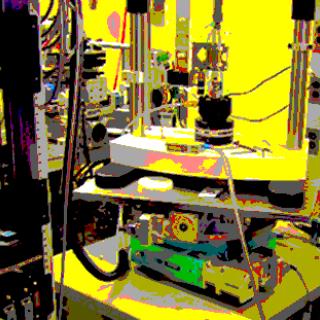
Real time loading of single crystals
A new load frame / diffractometer has been commissioned at CHESS for X-ray diffraction experiments on engineering materials during in-situ mechanical testing.
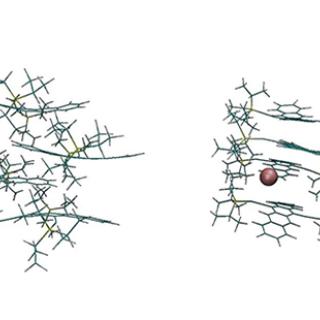
Global research team unveils new mechanism of controlled crystallization yielding high-performance organic transistors
Organic electronics is being extensively studied for its potential to create flexible displays [1] and sensors [2]. The current best performance materials involve soluble aromatic molecules with extended π-orbitals.
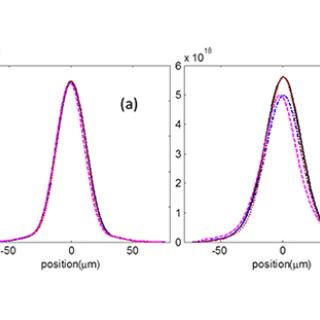
Preventing wavefront distortions in x-ray optics
It is well known that delivery of undistorted laser beams requires superior optics. To a much more demanding degree, delivery of highly coherent ERL x-ray beams from source to experiment requires small wavefront distortion over the whole beam.
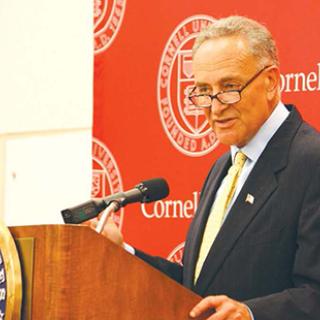
Cornell Receives $100 Million Grant for Synchrotron
U.S. Senator Chuck Schumer (D-N.Y.) announced Monday that the Cornell High Energy Synchrotron Source will receive $100 million in funding from the National Science Foundation over the next five years.
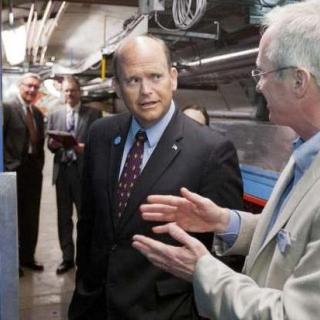
Reed visits Cornell synchrotron
U.S. Rep. Tom Reed, R-Corning, visited the Wilson Synchrotron Laboratory Tuesday morning at Cornell University in Ithaca.
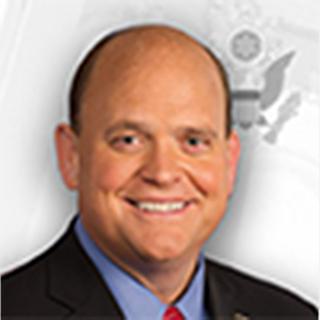
Reed visits Cornell's cutting edge facility
Reed’s push for NSF funding means Cornell lab will keep its doors open.
